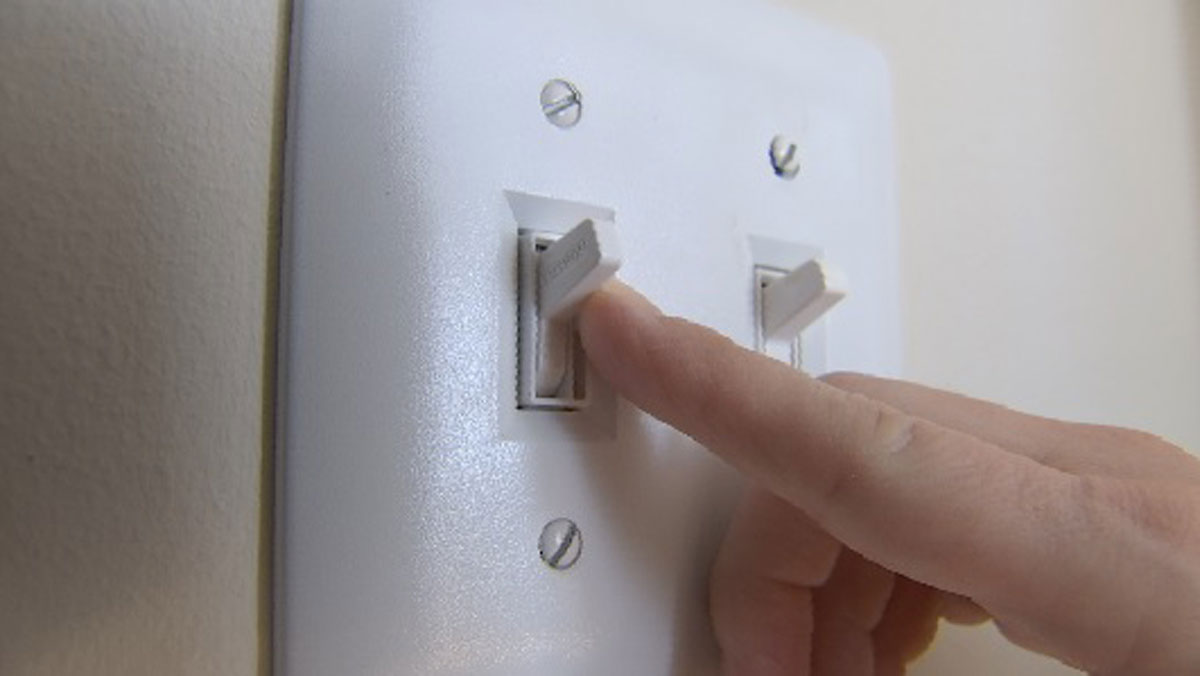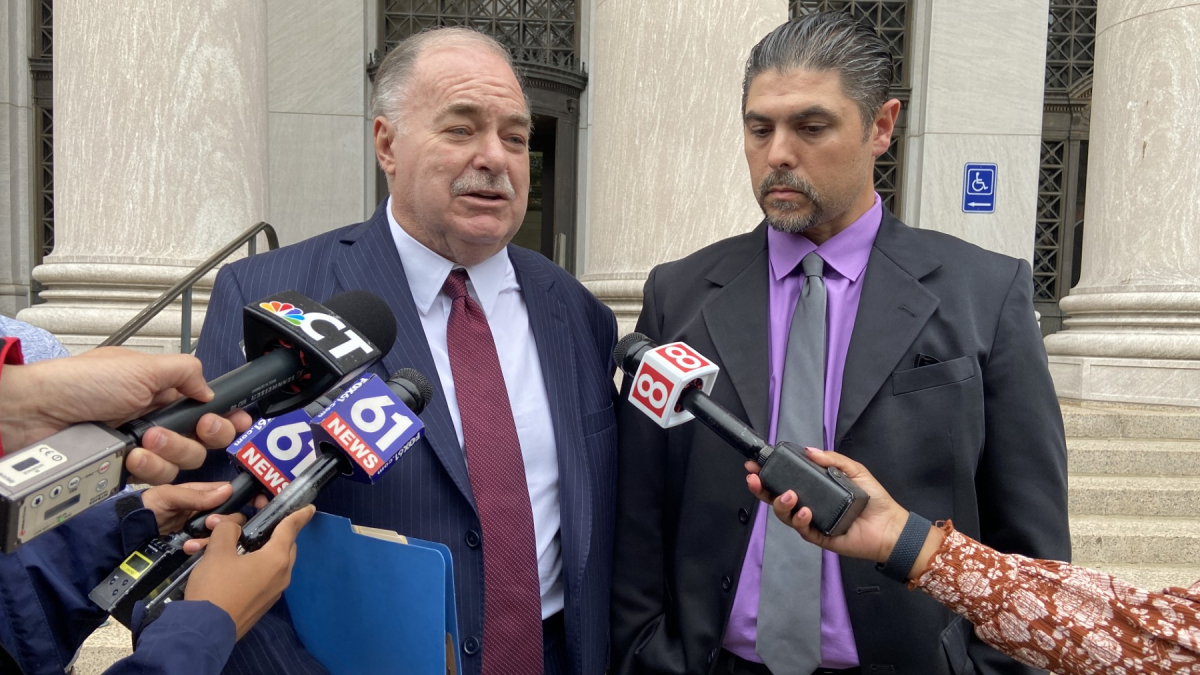When the temperature rises, seniors, children and people with certain medical conditions are more likely to succumb to heat-related illness and even death.
U.S. Census Bureau data analyzed by NBC shows that as extreme heat events become more frequent, the poorest Americans will be the most vulnerable.
Heat vulnerability is measured by 10 risk factors including income, crowded housing conditions, disabilities and lack of health insurance.
In Connecticut, an estimated 2.6 million people, more than half of the total population, are vulnerable to extreme heat, according to NBC’s analysis of the data.
Get top local stories in Connecticut delivered to you every morning. Sign up for NBC Connecticut's News Headlines newsletter.
“It's really not someone else’s problem. It’s all our problem. And it's going to affect us all,” said Dr. Kai Chen, a researcher at the Yale School of Public Health.
Our analysis identified the Newhallville neighborhood in New Haven as having the highest total number of vulnerable residents. Out of 7,644 residents in Newhallville, 6,497, or 85%, have at least one risk factor.
That’s not a surprise to Amos Smith, president and CEO of the Community Action Agency of New Haven.
“People know that Newhallville is the poorest among poor,” he said.
Smith said about half of the agency’s clients come to them for help paying energy bills. In recent years, he said rising costs have meant the available subsidies don’t go as far.
“That might be one tank of oil during the course of the winter. And during the summer it might just blow the budget, period,” Smith said.
People living in the neighborhoods surrounding Newhallville have a similar level of risk.
Hartford also has a number of areas with high heat vulnerability. In one section of the city around Albany Avenue and Main Street, 90% of residents are at risk.
Dr. Chen and his team spent more than a year looking at heat vulnerability across the U.S.
He said in general, urban areas have a higher heat vulnerability score than suburban and rural areas, known as the heat island effect.
“The concrete pavement, all the dense the buildings, the population density and movement, that kind of condenses the heat, traps the heat,” he said.
Chen’s research draws a correlation between vulnerability and historically redlined neighborhoods. He said the solution is two-fold: attack the causes of extreme heat while also pinpointing where people need the most relief.
“We should emphasize the equitable solutions, like providing the green space more, especially in the low income neighborhoods,” Chen said.
NBC CT Investigates
When it comes to children, who are a high risk group, we’ve seen schools dismiss early this week because of the sweltering temperatures inside classrooms. Many schools don’t have air conditioning.
Smith said that’s another example of how working families are adversely impacted.
“Many of the people, particularly the people that we serve, are oftentimes in a position where if they don't work, they don't get paid,” he said. “And so in that case, if my children don’t go to school and I have to leave work because I don’t have an adequate childcare plan for that time, then I don’t get paid.”
Chen said studies have shown that children who have air conditioning in their classrooms performed better on exams than those who don’t.



